Pop Art:
While the term Pop Art is widely known nowadays, its artistic scope and the issues it raises are nonetheless frequently misunderstood. Pop Art in Britain
American Pop Art had no explicit linkups with British Pop Art and refers to a tendency that arose from individual initiatives. Though it was not a structured movement in the sense of a group putting on collective shows, it does however have certain coherence. In general terms, it emerged from the work of Robert Rauschenberg and, chiefly, Jasper Johns, and is characterized by an interest in ordinary objects, irony, and a faith in the potency of images. American Pop Art has its home specifically in New York
Abbreviation of Popular Art, the Pop Art movement used common everyday objects to portray elements of popular culture, primarily images in advertising and television. The term Pop art was first used by English critic, Lawrence Allow in 1958 in an edition of Architectural Digest. He was describing all post-war work centered on consumerism and materialism, and that rejected the psychological allusions of Abstract Expressionism. An attempt to bring art back into American daily life, it rejected abstract painting because of its sophisticated and elite nature. Pop Art shattered the divide between the commercial arts and the fine arts.
The Pop Art movement originated in England United States London United States United States
Pop Art made commentary on contemporary society and culture, particularly consumerism, by using popular images and icons and incorporating and re-defining them in the art world. Often subjects were derived from advertising and product packaging, celebrities, and comic strips. The images are presented with a combination of humor, criticism and irony. In doing this, the movement put art into terms of everyday, contemporary life. It also helped to decrease the gap between "high art" and "low art" and eliminated the distinction between fine art and commercial art methods.












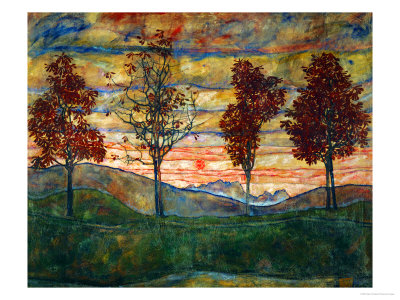
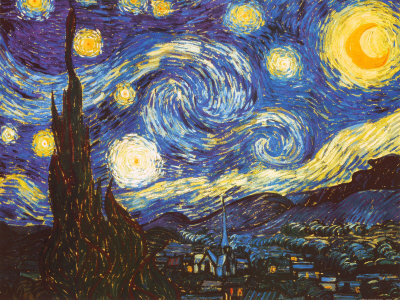
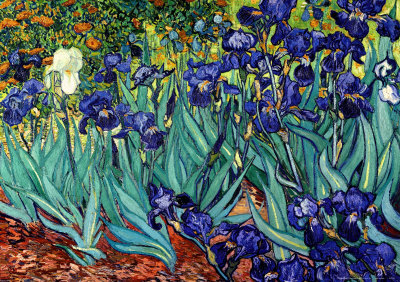
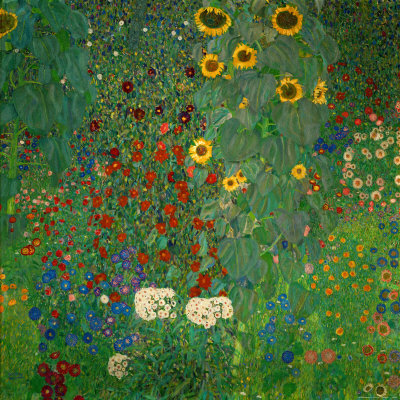
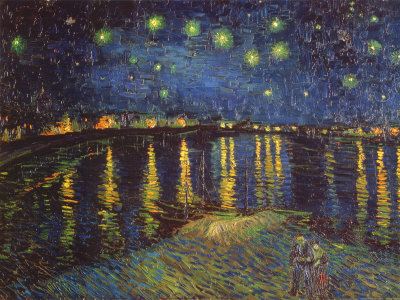
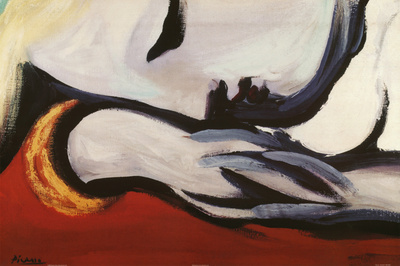

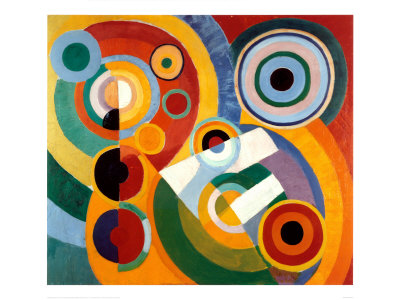
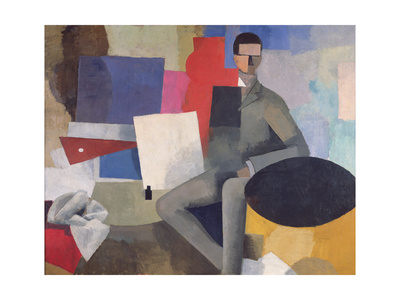

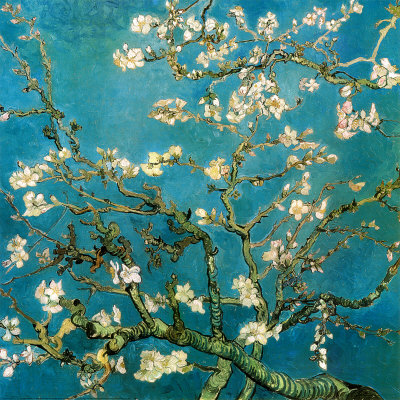







 For Gulgee, the famous and celebrated artist of Pakistan and the subcontinent, life has been a journey in more than one sense, giving him thrill and bliss that are both sensuous and ethereal. He has been to many places and done things that are varied and glorious. At the age of 79, though the visits have become fewer, he remains as zestful a traveler in the realm of the intellect and the senses as he was when the journey began quite early in life. In his inward journey, he remains and intrepid and ever curious.
For Gulgee, the famous and celebrated artist of Pakistan and the subcontinent, life has been a journey in more than one sense, giving him thrill and bliss that are both sensuous and ethereal. He has been to many places and done things that are varied and glorious. At the age of 79, though the visits have become fewer, he remains as zestful a traveler in the realm of the intellect and the senses as he was when the journey began quite early in life. In his inward journey, he remains and intrepid and ever curious.

